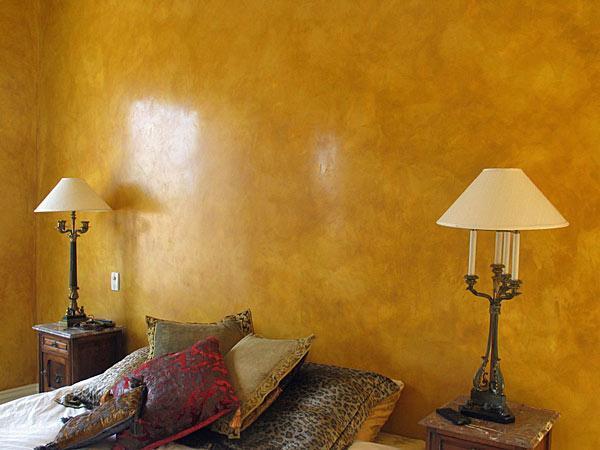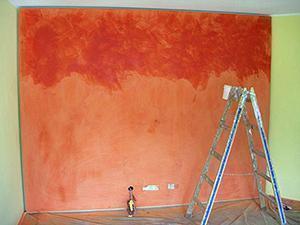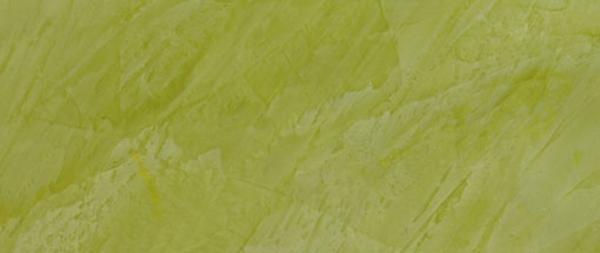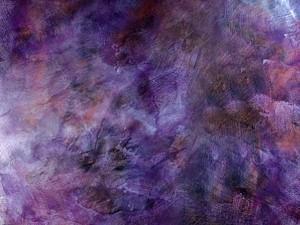Spatula technique
Post from EditorialsSpatolato
The spatula: a refined finish and economic
In addition to the color, the appearance of a wall is also characterized by its texture, ie a set of tactile and visual characteristics arising from the material grain, by the vibration of the light, by its roughness and by any traces of processing: changing to taste these parameters you can obtain endless variations.
One of the most interesting techniques for texturing a wall is the spatula, which will produce interesting effects: in fact, the treated surface appears crossed by numerous signs, irregular lines and nuances of varying shape, size and intensity, which interweaving of various plans create the illusion of three-dimensionality. In addition, the wall is very glossy (thus tends to reflect light) and extremely smooth, and therefore very pleasant to the touch.
If we choose two contrasting colors and/ or shiny or metallic paint, the result is truly amazing and special.
Decorate the house with the spatula technique
To decorate a wall with this technique, first you need to prepare carefully the support, which must be free of damages, holes, nicks or cracks, which, if there are, have to be filled. A light sanding also eliminates residues of previous paintwork and gives to the surface a slight roughness. An energetic cleaning with a clean brush completes the preparation phase. At this point, you can move to the drafting of the first coat of painting, for a better effect should be slightly darker than the color chosen for the second layer (finishing), and the final desired effect.
At this point, you can move to the drafting of the first coat of painting, for a better effect should be slightly darker than the color chosen for the second layer (finishing), and the final desired effect.
When the first hand is dry we proceed to the drafting of the second layer, ie finishing with the spatula. Using precisely a spatula (from which the name of the technique) triangular metal or plastic or even of a common trowel plaster, by taking a small amount of paint (whose optimum consistency is similar to that of a tempering just extracted from the tube ) and is rubbed on the surface with horizontal, vertical, rotational or curvilinear movements: the technique used determines the texture prevailing in the finished wall.
We proceed in this way up to decorate the entire wall, making sure to apply a very thin and smooth laying of painting on the surface. To get more shades of colors or special effects you can spend two or three coats spatula varying colors and/ or methods of application, while with one hand the surface flaunts a light color and nuances very obvious.
Given the difficulties of implementation, if you want an aesthetically perfect result is advisable to contact specialized craftsmen as the painter Ivano Tunno, operating mainly in the area of Parma and Reggio Emilia.
However, if you can accept some imperfection, anyone with a good manual and a little experience can engage personally using the products designed by the industry, including the preparation for the Spatolato Venetian Mirror Beri Calce, available in different colors and already ready for use: in its composition we find marble powder of fine granulometry, alkyd resin, pigments and natural oils.
Spatula walls and interior design
 In general, the technique of the spatula is compatible with any type of environment and furniture; However, given its high decorative value, the best results are obtained in the living room and in the bedroom.
In general, the technique of the spatula is compatible with any type of environment and furniture; However, given its high decorative value, the best results are obtained in the living room and in the bedroom.
Obviously, for the end result it is very important to the choice of color. A tint too dark or vibrant tends to shrink the room, to remove light and be very binding on the choice of furniture and accessories: in these cases is therefore advisable to limit the spatula in one side of the room, brushing the other walls and the ceiling with a color of white or very light.
With classic furniture are preferable pastel colors like teal, sky blue or turquoise, pink, yellow light, cream or peach, or earthy colors like sienna and burnt sienna: These shades evoke in fact the popular shades and requests during the Rococo, Biedermeier or Liberty, and so well matched in decor in one of these styles.
In contemporary settings, and especially minimalist, you can take on the contrary neutral tones such as shades of gray (very suitable pearl gray) or blue ice, or very bright, such as red, blue sky, green grass, orange or yellow gold: the choice of a primary color (yellow, red or blue) matched with white and black in rationalist architecture with large glass windows and furniture in chrome steel with clean lines draws such as De Stijl or the Bauhaus.
In environments in ethnic style, with bamboo furniture, colorful fabrics, recycled objects and furniture DIY you can finally dare walls bicolor, very fluorescent colors (fuchsia, green highlighter, yellow lemon) and with metallic or pearlescent effects.
79163 REGISTERED USERS










